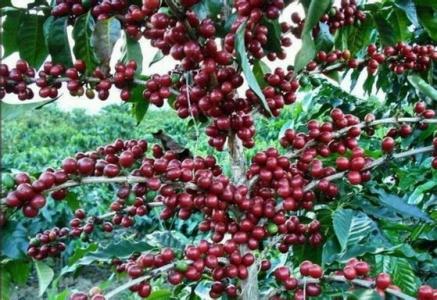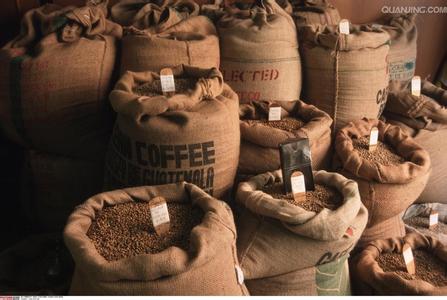Description of characteristics and Flavor of washed Yega Coffee beans A brief introduction to the grinding scale of taste treatment method
Description of characteristics and Flavor of washed Yega Coffee beans A brief introduction to the grinding scale of taste treatment method
The refined washing treatment of raw coffee beans can be traced back to the mid-18th century. In the process of purification, the pulp of the red coffee fruit is first removed, and then the residual mucous membrane on the inner pericarp is removed by using a fermentation tank, followed by cleaning and drying.
The coffee is grown on about 650 to 700 small farms in the Gedeo district, 4km west of the town of Yega. After ripening, the coffee fruit is picked and sent to Kebel Aricha for processing, sorting and drying. Turn these coffee cherries every 2 to 3 hours in the first few days of the sun to avoid overfermentation and mold growth. According to the weather, four to six weeks later the beans were transported with parchment in Addis Ababa, processed and packed in sacks before export. The Ethiopian Yega Snow Coffee Aricha coffee treated by this kind of tanning method is exported through the ECX Exchange (Ethiopia Commodity Exchange) system.
Yega Chuefei exudes an extremely complex aroma and shows an extremely excellent taste that is difficult to describe. In general, the dry aroma of Yega Chuefei is full of fruit, with strong aromas of dried fruit, strawberry, mango and apricot jam. Wet fragrance is like sweet syrup, like sticky apricot juice, wrapped in plain honey or chocolate. The entrance is not strong, the mellow thickness is medium, the acidity is not obvious, but it is lively and bright, like fruit black tea.

Important Notice :
前街咖啡 FrontStreet Coffee has moved to new addredd:
FrontStreet Coffee Address: 315,Donghua East Road,GuangZhou
Tel:020 38364473
- Prev

A brief introduction to the special taste brand of Kenyan hand-roasted coffee
How to make Kenyan hand-roasted coffee the light roasted Kenyan coffee has a very obvious and strong taste of banana ester and citric acid, as well as malt and cereal tonality. City-wide baked (Full city) Kenyan coffee has intense aromas of caramel, cocoa and sweet chocolate bars, with berry acidity.
- Next

Brief introduction of taste grinding scale for taste description of El Salvador Pacamara coffee beans
El Salvador Pacamara coffee beans taste description taste grinding scale brief introduction Salvadoran coffee ranks side by side with Mexico and Guatemala as the producer of Asa and Merdo, and is fighting for the top one or two places in China and the United States with other countries. The highlands of origin are large coffee beans of all sizes, which are fragrant and mild in taste. Like Guatemala and Costa Rica, El Salvador
Related
- Detailed explanation of Jadeite planting Land in Panamanian Jadeite Manor introduction to the grading system of Jadeite competitive bidding, Red bid, Green bid and Rose Summer
- Story of Coffee planting in Brenka region of Costa Rica Stonehenge Manor anaerobic heavy honey treatment of flavor mouth
- What's on the barrel of Blue Mountain Coffee beans?
- Can American coffee also pull flowers? How to use hot American style to pull out a good-looking pattern?
- Can you make a cold extract with coffee beans? What is the right proportion for cold-extracted coffee formula?
- Indonesian PWN Gold Mandrine Coffee Origin Features Flavor How to Chong? Mandolin coffee is American.
- A brief introduction to the flavor characteristics of Brazilian yellow bourbon coffee beans
- What is the effect of different water quality on the flavor of cold-extracted coffee? What kind of water is best for brewing coffee?
- Why do you think of Rose Summer whenever you mention Panamanian coffee?
- Introduction to the characteristics of authentic blue mountain coffee bean producing areas? What is the CIB Coffee Authority in Jamaica?

